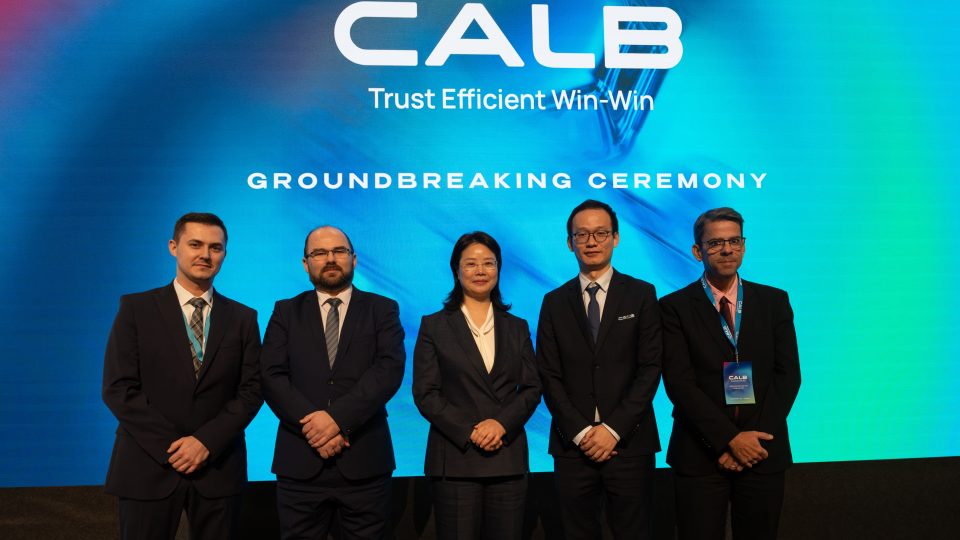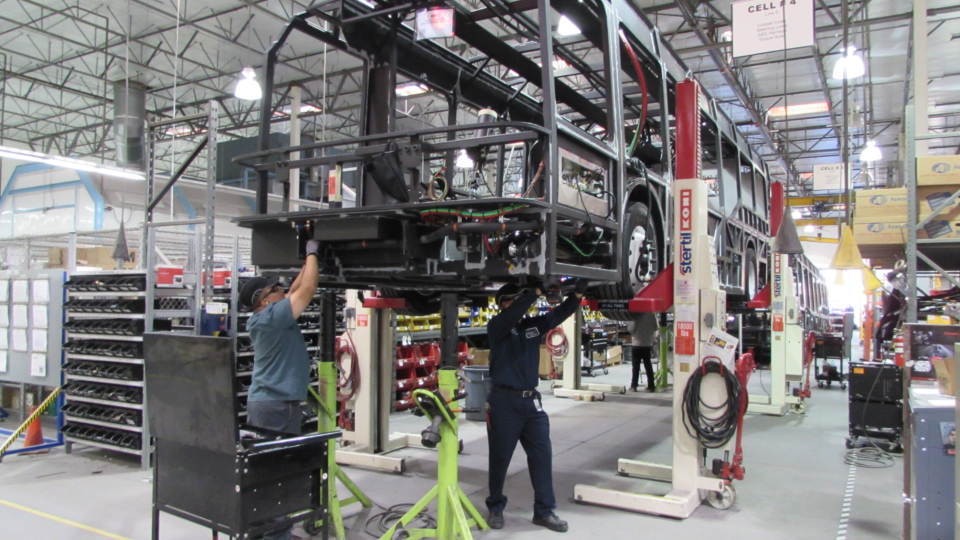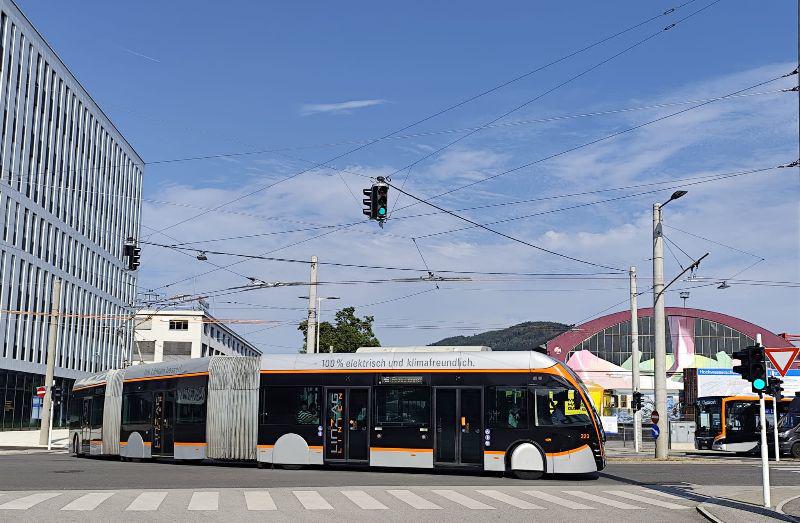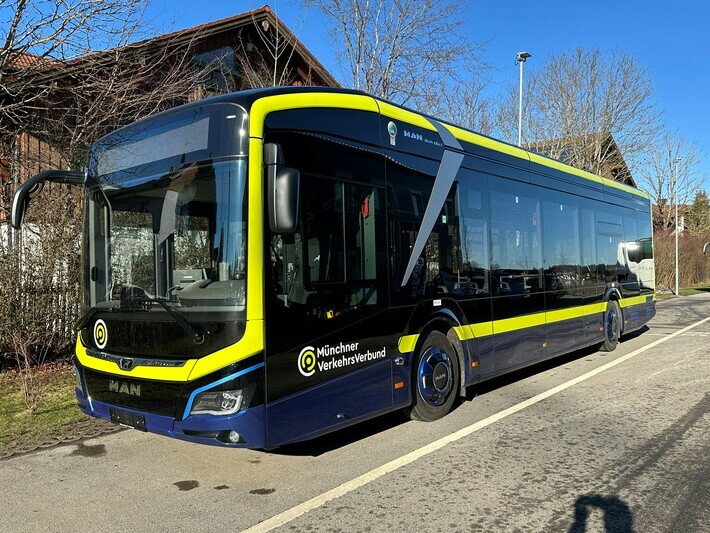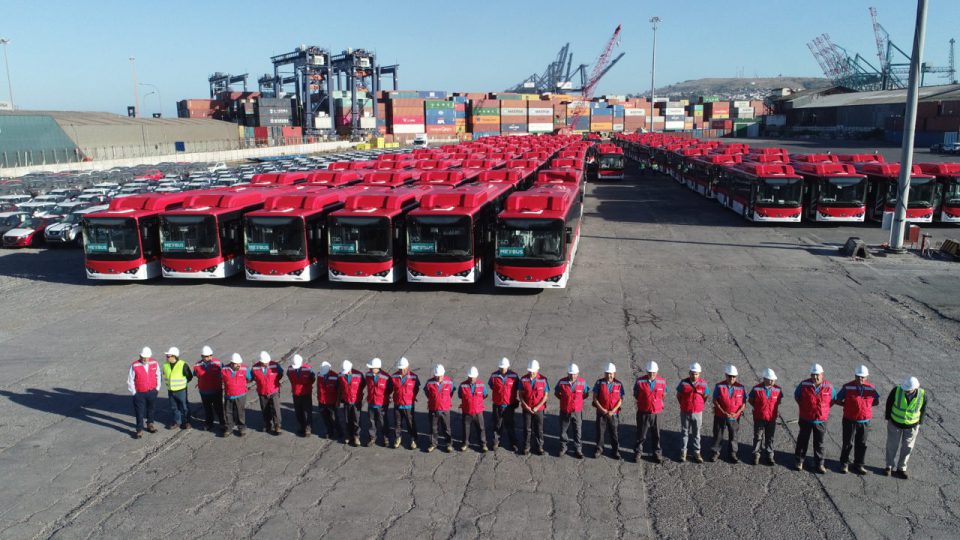Up to 1,000 zero emission school buses funded in California (with $500 million)
The State of California has awarded $500 million to 133 school districts and other educational agencies to buy up to 1,000 zero-emission school buses and chargers. California has the target of achieving carbon neutrality by 2045. In the state, all school bus purchases made by school districts will need to be zero-emission technology by 2035, […]

The State of California has awarded $500 million to 133 school districts and other educational agencies to buy up to 1,000 zero-emission school buses and chargers.
California has the target of achieving carbon neutrality by 2045. In the state, all school bus purchases made by school districts will need to be zero-emission technology by 2035, with an extension until 2045 for frontier local educational agencies in rural communities.
The incentive program is a collaboration between the California Air Resources Board (CARB) and the California Energy Commission (CEC), and is administered by nonprofit transportation organization CALSTART.
California’s Innovative Clean Transit regulation, approved in late 2019, requires public transit agencies throughout the state to commit to buying only zero-emission buses (battery electric or fuel cell) starting in 2029. A move that makes particularly sense, given the fact that California is the US leader in electricity generation from non-hydroelectric renewable energy source (geothermal, wind, solar).
Up to 1,000 zero emission school buses funded in California
CARB highlights that “To date, California has provided more than $1.3 billion in incentives to school districts, funding more than 2,300 zero-emission school buses, of which 1,100 are already in use. Over 70% of the zero-emission school buses in use are in the state’s most pollution-burdened communities. More than 300 California school districts and local education agencies have purchased at least one zero-emission school bus”.
Awardees receive up to $375,000 to replace internal combustion engine school buses with zero-emission vehicles, in addition to awards up to $95,000 per school bus to purchase and install associated charging infrastructure. Awardees will be required to scrap an old internal combustion engine school bus for every new school bus purchased.
“Cleaning up the state’s school bus fleet is central to California’s efforts to provide clean transportation in priority communities that are disproportionately hurt by air pollution,” said CARB Chair Liane Randolph. “The vast majority of these grants will go to local educational agencies that serve these communities.”
“California has set important benchmarks for removing internal combustion vehicles from our roads and replacing them with clean transportation,” said CEC Chair David Hochschild. “CEC is helping school districts move in that direction by funding ZESBI.”


